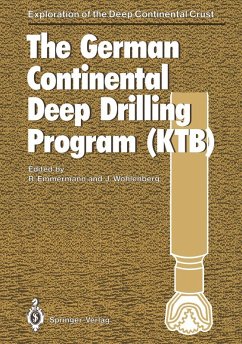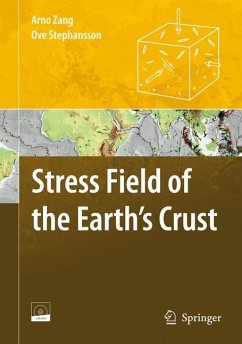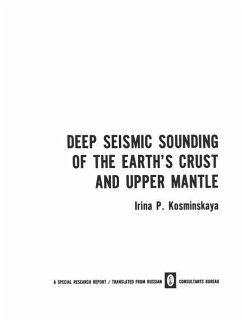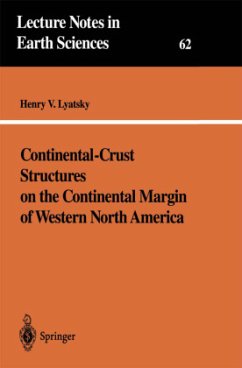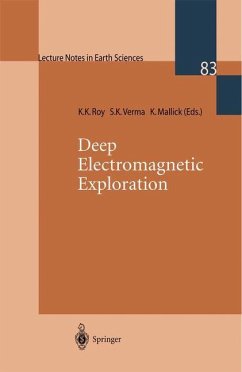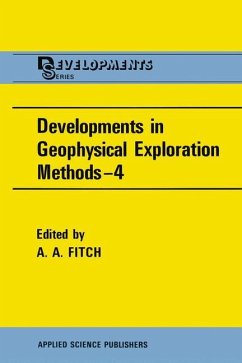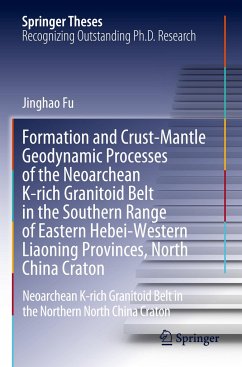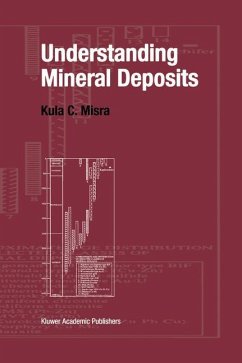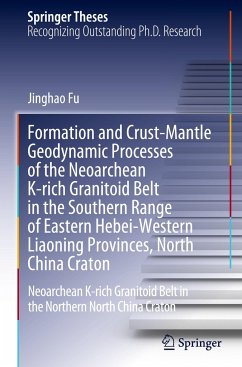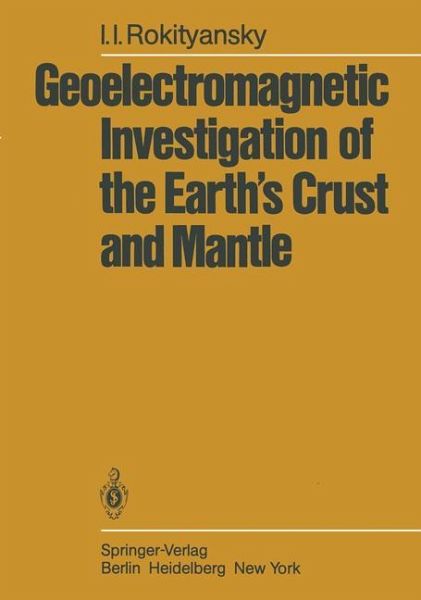
Geoelectromagnetic Investigation of the Earth's Crust and Mantle
Versandkostenfrei!
Versandfertig in 1-2 Wochen
77,99 €
inkl. MwSt.

PAYBACK Punkte
39 °P sammeln!
Electrical conductivity is a parameter which characterizes composition and physical state of the Earth's interior. Studies of the state equations of solids at high temperature and pressure indicate that there is a close relation be tween the electrical conductivity of rocks and temperature. Therefore, measurements of deep conductivity can provide knowledge of the present state and temperature of the Earth's crust and upper mantle matter. Infor mation about the temperature of the Earth's interior in the remote past is derived from heat flow data. Experimental investigation of water-containing r...
Electrical conductivity is a parameter which characterizes composition and physical state of the Earth's interior. Studies of the state equations of solids at high temperature and pressure indicate that there is a close relation be tween the electrical conductivity of rocks and temperature. Therefore, measurements of deep conductivity can provide knowledge of the present state and temperature of the Earth's crust and upper mantle matter. Infor mation about the temperature of the Earth's interior in the remote past is derived from heat flow data. Experimental investigation of water-containing rocks has revealed a pronounced increase of electrical conductivity in the temperature range D from 500 to 700 DC which may be attributed to the beginning of fractional melting. Hence, anomalies of electrical conductivity may be helpful in identitying zones of melting and dehydration. The studies of these zones are perspective in the scientific research of the mobile areas of the Earth's crust and upper mantle where tectonic movements, processes ofthe region al metamorphism and of forming mineral deposits are most intensive. Thus, in the whole set of research on physics of the Earth the studies of electrical conductivity of deep-seated rocks appear, beyond doubt, very important.





